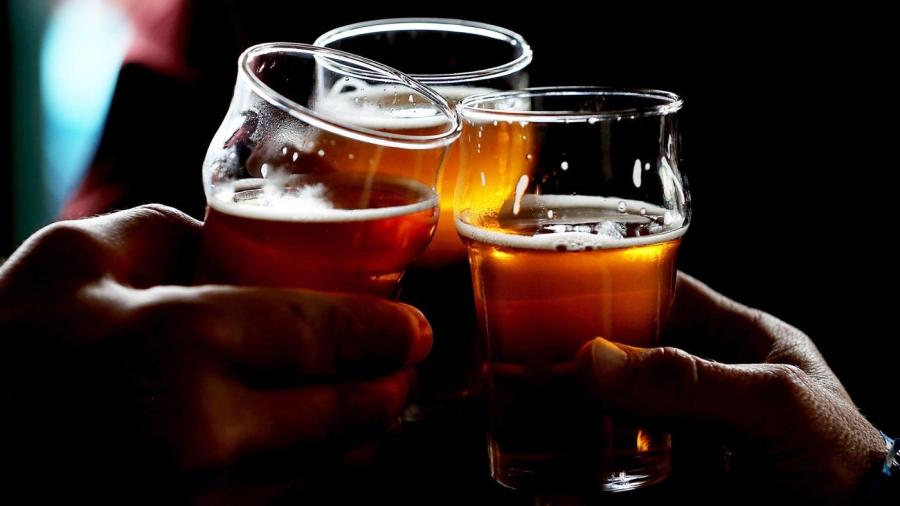What Is the Allowable Beer Alcohol Content by State?

The legal alcohol by volume, or ABV, for beer varies from state to state. For example, according to their respective departments of revenue, Colorado allows for the sale of beer with an ABV of 4 percent or lower, while Montana has a limit of either 8.75 percent for malt beverages or 14 percent for traditional beer.
As outlined in an extensive Wikipedia article about alcohol laws in the United States, each state has its own set of rules for the manufacture and distribution of beer and other alcoholic beverages. While some states allow 24-hour beer sales, others have entire counties that prohibit the sale of any and all alcohol. Still others have varying ABV requirements depending on the retail outlet. For example, grocery stores can typically sell beer with a lower maximum ABV than liquor stores.
Though the maximum ABV may vary widely, the minimum alcohol content for beer remains constant. According to the National Institute on Alcohol Abuse and Alcoholism, under federal law, the minimum ABV for any beverage to be considered alcoholic is 0.5 percent, as stipulated in the Prohibition era Volstead Act. Each state’s department of revenue website has information about applicable laws regarding the legal manufacture and sale of alcohol, including the current maximum legal ABV for beer, and numerous other resources for people considering an entrepreneurial foray into the alcohol industry.





